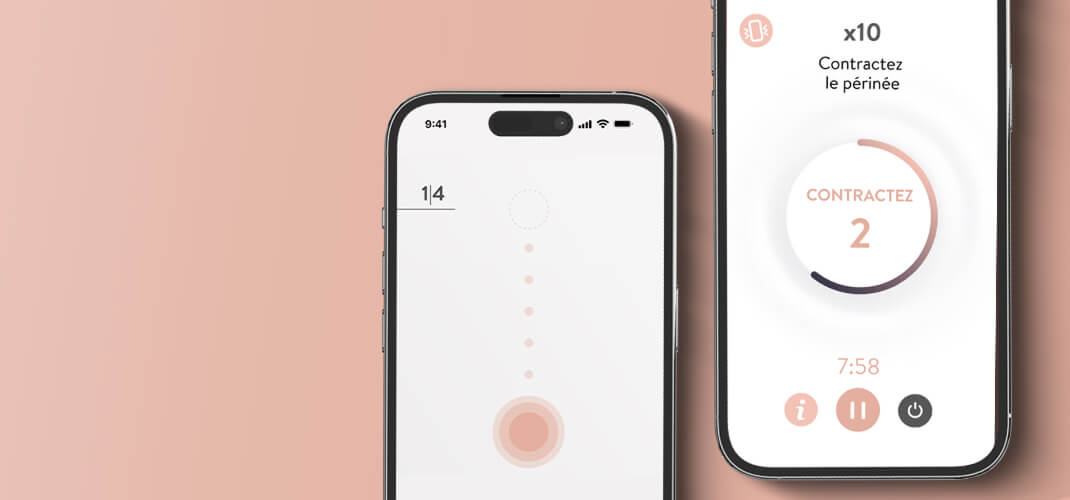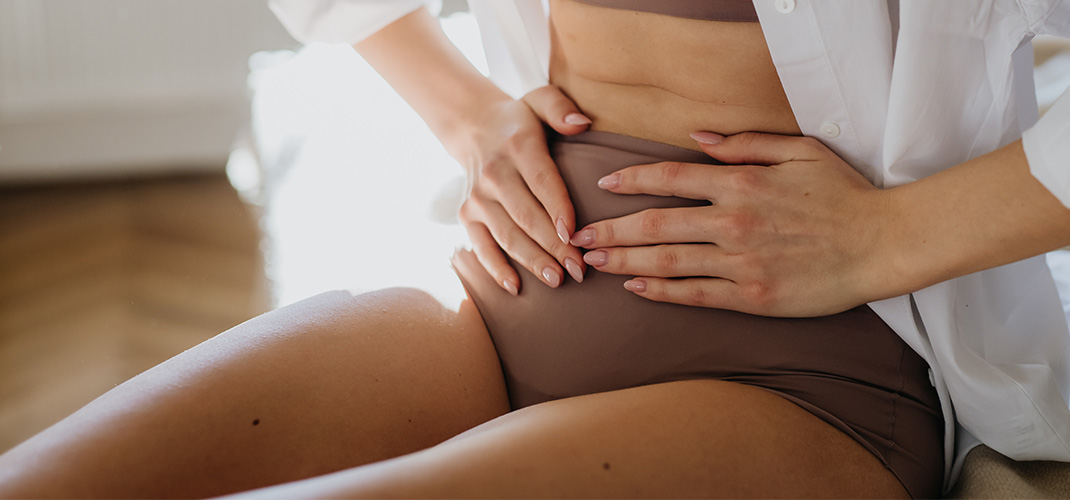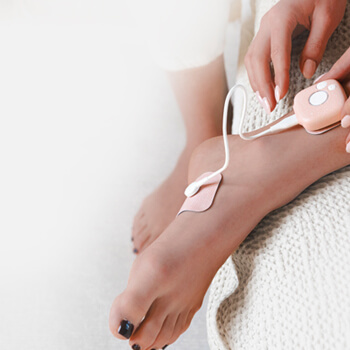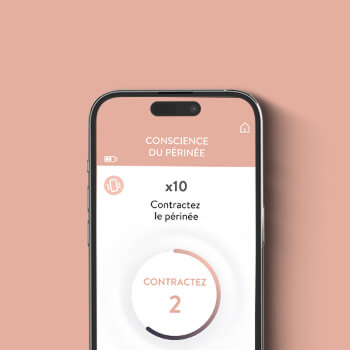Preserve the tone of your pelvic floor!
Preventive training: the key to a strong and lasting pelvic floor
Preserve the tone of your pelvic floor!
Preventive training: the key to a strong and lasting pelvic floor
Discover the Pinktens solution
Electrical stimulation (no internal probe)
Kegel exercises
Diaphragmatic breathing
How does it work?
This protocol has been designed for women who wish to prevent pelvic floor weakness and preserve its tone.
The device uses electrodes placed on the ankle to deliver gentle impulses that stimulate the tibial nerve. This action helps strengthen the pelvic floor muscles, keeping them toned, strong and resilient over time.
Combined with Kegel exercises, this method offers an effective solution to prevent the discomforts linked to pelvic floor weakness, such as feelings of heaviness or urinary leaks.
When to start?
Whenever you feel the need (if you have a medical condition, please consult your doctor first)
How often?
Once a day; a calendar guides your sessions.
Programme length?
Depending on how you feel, you can continue for several weeks or even several months
Your connected pelvic floor Rehabilitation

6 pelvic floor rehabilitation protocols

Probe-free Electrostimulation

Kegel exercises

Diaphragmatic breathing

Community: support, advice and mutual help

Blog: women’s health, confidence and wellbeing

6 pelvic floor rehabilitation protocols

Probe-free Electrostimulation

Kegel exercises

Diaphragmatic breathing

Community: support, advice and mutual help

Blog: women’s health, confidence and wellbeing
- Certified medical device
- Clinically tested device and protocols
- Fast results, proven effectiveness
- Certified medical device
- Clinically tested device and protocols
- Fast results, proven effectiveness
Common Questions
Because prevention is the key to a healthy pelvic floor! A toned pelvic floor helps prevent urinary leakage, heaviness, or long-term weakening. The earlier you start, the better you protect your future comfort.
Yes, indeed. The drop in oestrogen during menopause weakens tissues and reduces muscle tone. This increases the risk of urinary leakage and prolapse (organ descent). Preventive training helps keep the pelvic floor strong and delays or compensates for these effects.
Pelvic floor rehabilitation with Pinktens combines three complementary approaches:
-External electrical stimulation: gentle impulses stimulate the perineal muscles without voluntary effort.
-Kegel exercises: sets of targeted contractions to strengthen the pelvic floor.
-Diaphragmatic breathing: improves coordination and reduces intra-abdominal pressure.
This comprehensive method progressively strengthens and tones the perineum effectively.
Nothing could be simpler! Sit comfortably and plan a calm activity for about 20 minutes (browse the blog or our Instagram account, for example!)
Open the App and choose the new or ongoing protocol
Start the day’s program
Place the electrodes following the photo placement guide
Start the program and let Pinktens do the work!
Do not use Pinktens, or seek medical advice first, in the following cases:
- You are pregnant
- You have a pacemaker
- You have type 2 diabetes with sensory impairment
- You have recurrent, undiagnosed pain
- You have metallic implants in your body (except dental fillings and IUDs)
- You gave birth less than 6–8 weeks ago and have not been medically cleared to start rehabilitation
- You have had recent pelvic floor surgery – seek your surgeon’s advice
When in doubt, contact us!
Why do preventive pelvic floor Rehabilitation?
The pelvic floor is a group of muscles that supports the bladder, uterus and rectum. It can be weakened throughout life by:
- Pregnancy and childbirth
- Menopause
- High-intensity sports
- Natural ageing
